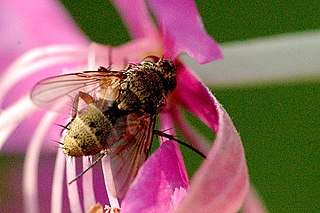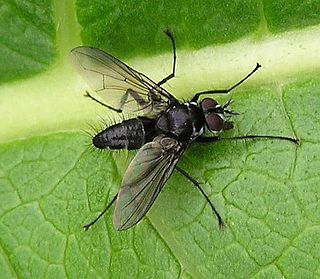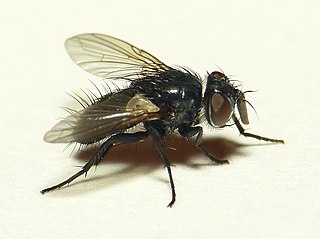Catapariprosopa is a genus of flies in the family Tachinidae.

Ceranthia is a subgenus of flies in the family Tachinidae. Some consider this to be a subgenus of Siphona, most European workers seem content that this is a genus in its own right.

Ceromya is a genus of flies in the family Tachinidae.
Eupododexia is a genus of flies in the family Tachinidae.
Minthodes is a genus of flies in the family Tachinidae.
Nealsomyia is a genus of flies in the family Tachinidae.
Prosopofrontina is a genus of parasitic flies in the family Tachinidae. There are about 13 described species in Prosopofrontina.
Rhinaplomyia is a genus of flies in the family Tachinidae.

Siphona is a genus of flies in the family Tachinidae.
Thelairosoma is a genus of flies in the family Tachinidae.
Uclesia is a genus of flies in the family Tachinidae.

Medina is a genus of flies in the family Tachinidae.

Actia is a genus of large flies in the family Tachinidae.
Ligeriella is a genus of flies in the family Tachinidae.

Blondeliini is a tribe of parasitic flies in the family Tachinidae. Larvae are parasitoids of other insects, mostly beetles and caterpillars. Although nearly cosmopolitan, its greatest diversity is in the New World and especially in South America.

Eryciini is a tribe of flies in the family Tachinidae.

Exoristini is a tribe of flies in the family Tachinidae.
Anacamptomyiini is a tribe of flies in the family Tachinidae.
Ceratochaetops is a genus of flies in the family Tachinidae.

Aphantorhaphopsis is a subgenus of flies in the family Tachinidae. Some consider this to be a subgenus of Siphona, most European workers seem content that this is a genus in its own right. They are known from the Palearctic, Afrotropical and Oriental regions.








